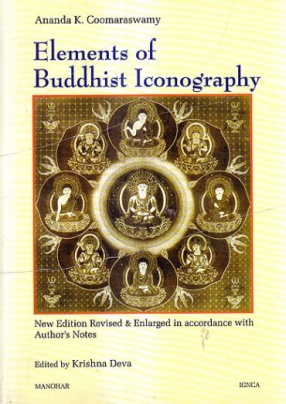
Krishna Deva

Showing all 11 books

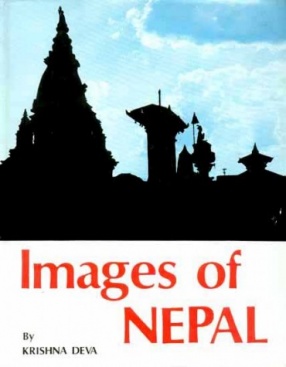


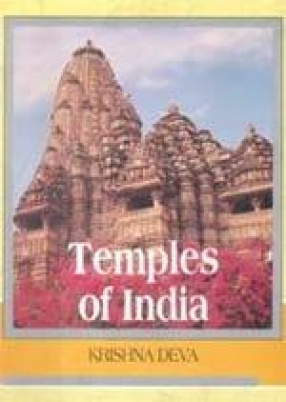


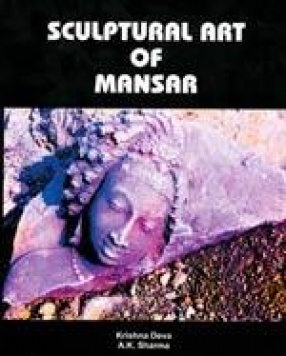

Sixteenth in the Series of Collected Works of Dr. Ananda Coomaraswamy in the IGNCA’s publication programme, Elements of Buddhist Iconography was first published by the Harvard University Press in 1935. This new edition, ably edited and revised by Shri Krishna Deva, has been enriched by incorporating the additions made by Coomaraswamy in his own hand in his personal copy.
This volume is a sustained demonstration of Coomaraswamy’s knowledge of the ...

The image are made of stone, bronze or brass, wood and terracotta and largely come from the numerous Brahmanical temples, Buddhist shrines and monasteries which dot the valley. Particular interesting are the figures on the wooden status, which reveal an amazing variety of Lokesvara types and figures of different deties including the nakshatras (constellation ) on the Budhhist shrines and monasteries and deities of the Hindu pantheon with a predominance of the ...
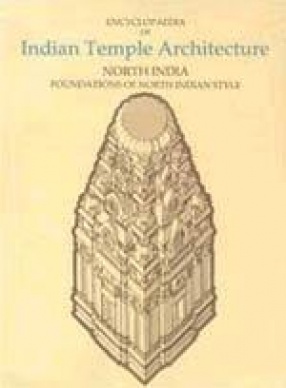
The goal of the Encyclopaedia of Indian Temple Architecture, sponsored by the American Institute of Indian Studies, has been to survey and to organize by style, with technical descriptions, that vast body of monuments constructed between c. A.D. 400 and the 18th Century in India to serve India's symbolic and religious needs. Volume I, of which two parts have already been published, deals with the Dravida temples of South India. Volume II, of which this set ...

The states of Himachal Pradesh, Panjab and Haryana lie between Lat. 27 40’ – 33 15’ N and long. 73 45’ – 78 58’ E. These states are encircled by Kashmir in the north, Delhi and Uttar Pradesh in the east, and Rajasthan and Pakistan in the west. The area is watered by the Satluj, Vyas, Ravi, Markanda and Yamuna. It has alpine climate in Kangra, sub-tropical climate in the alluvial plains of the Panjab and Haryana, while Himachal is a mountainous area ...



The Khajuraho temples, combining architectural grandeur with sculptural exuberance, are among the most picturesque and best preserved monuments of India and represent the zenith of her architectural genius. Marking one of the perfect moments of India’s aesthetic sensibility, these temples provide a visual record of the medieval Indian world-view which reveled as much in religious symbolism as in the courtly preoccupations with embellishment of temples, war and ...

This book narrates the fascinating story of the foundation and development of the architectural styles of north and south India, stretching from Kashmir to Kanyakumari and from coast to coast, highlighting their principal stages and substages. While both the regions share a common origin in thatched huts and modest timber forms, as reflected in early bas-relief depictions and their actual rock-cut representations, further evolution of the structural shrine in ...

The Allahabad Museum has an impressive collection of Sunga, Gupta, late Gupta and early medieval period sculptural masterpieces discovered at different places around Allahabad. During the last twenty-five years a sizeable number of sculptures, mostly pertaining to the early medieval and medieval art styles have been added to the collection of the Museum. This catalogue represents a comprehensive selection of objects arranged chronologically from third through ...


The book "Sculptural Art of Mansar" a well authored treatise on the sculptural remains from excavations at Mansar, documents the sculptural both from Satvahana period and Vakataka Period. It is for the first time that such a large collection of superb sculptures have been recovered from the ancient capital of Eastern Vakatakes, which was named Pravarapur. It fact there sculptures acted as models for paintings at Ajanta Though they have the effect of ...
